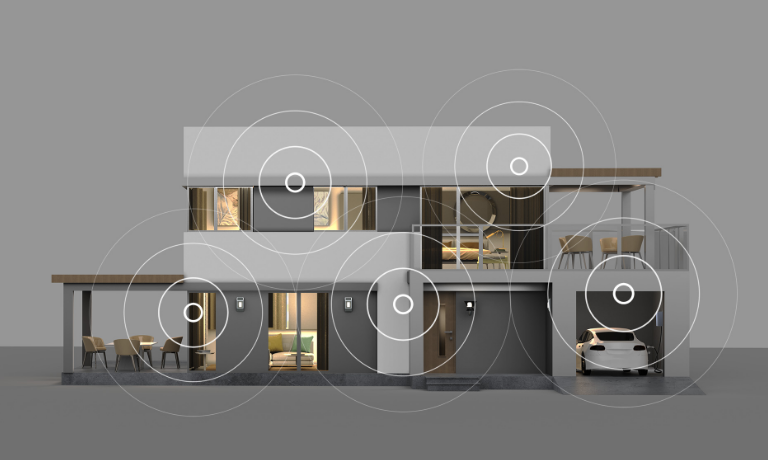Welcome!

What is a Router?
A router connects your modem - which links your home network to your internet service provider (ISP) - to your devices, such as a laptop, smartphone, and smart TV, giving you WiFi (wireless) or wired internet on these devices.
To have WiFi in your home, you need both a router and a modem. The broadband modem provided by your ISP (Internet Service Provider) is only suited for connecting a single device to the internet. This is why a router is considered essential in most homes.

What is a modem?
A modem connects your home network to the internet with a coax cable, telephone line, or fiber optic line. Once connected, the modem receives a signal from your ISP and converts it into an ethernet connection for your WiFi router to broadcast.

What is mesh WiFi?
Mesh WiFi or Whole Home WiFi consists of a router that that can connect to other routers or nodes to carry a WiFi signal further in your home – all on a single network.
Mesh WiFi is a great solution for homes with more than 10 devices, noticeable dead zones, or high bandwidth needs (like gaming, 4K streaming, and frequent video calls in a single household).
Good to know
With one network it’s easier to manage parental controls, guest networks, security features such as device blocking, and speed tests. Because of this, they are often preferred over range extenders.

What is a range extender?
A range extender is a wireless repeater used to expand the reach of a WiFi network.
A range extender is ideal when solving for a single dead spot in your home and is typically added to an existing network. It works best when placed in an area where the signal is strong.
Good to know
Range extenders have limitations in coverage and speeds (check the specs) and may require a separate network so if you're roaming through your house you may need to manually switch from one network to the other.
